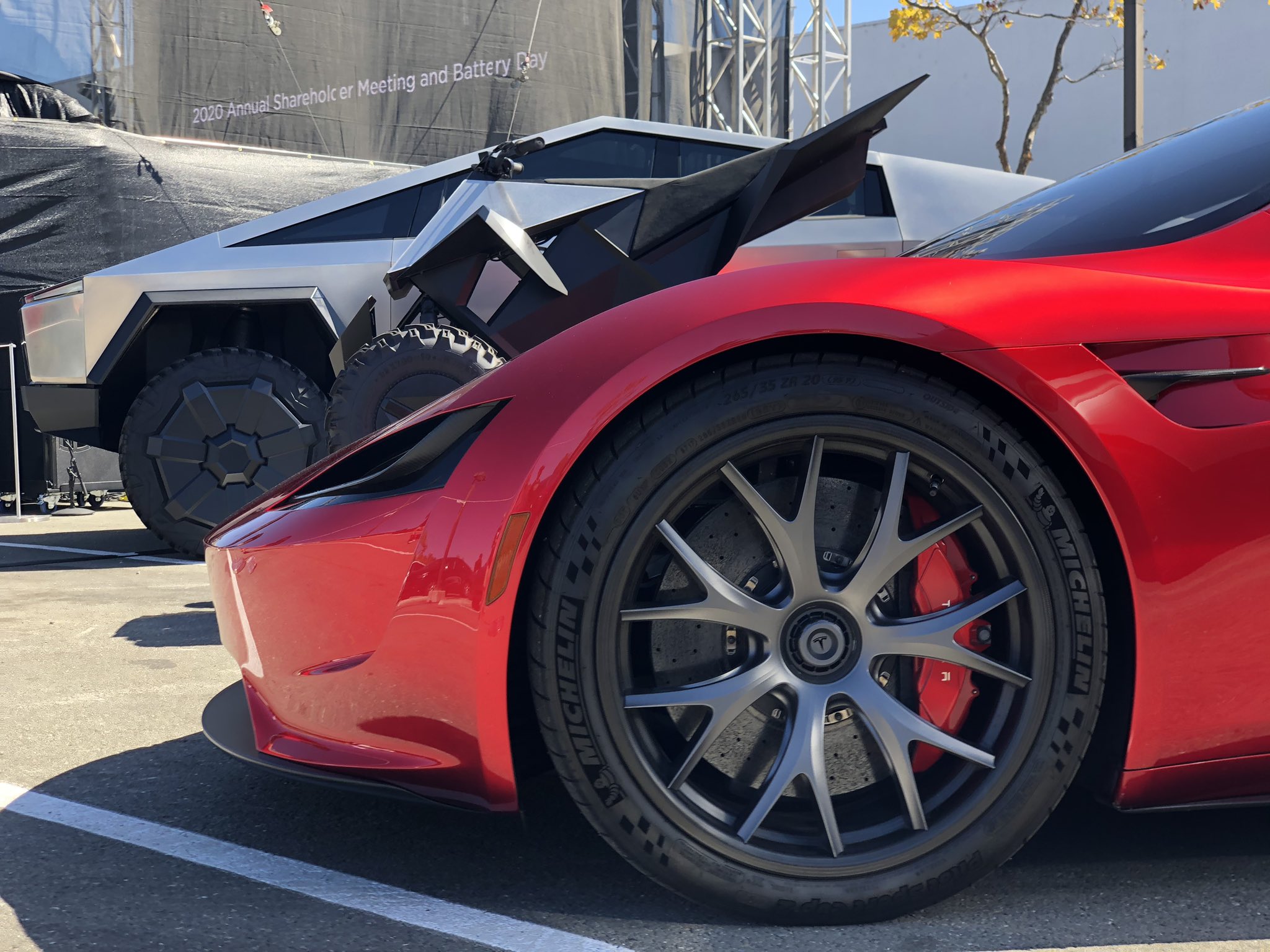
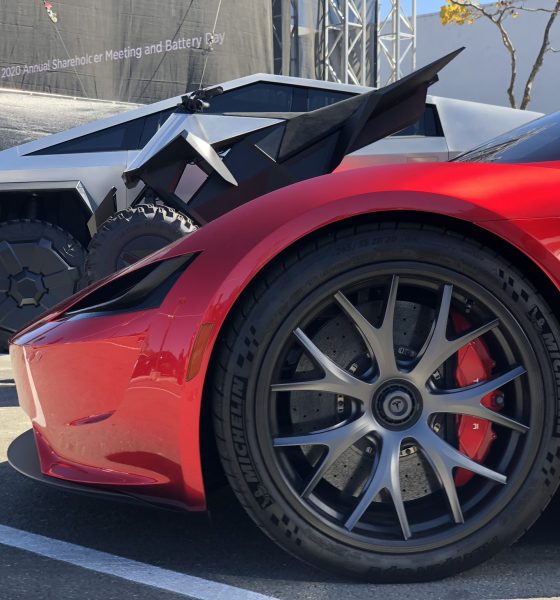
News
Tesla’s dominance is causing other companies to adopt a ‘fake it ’til we make it’ strategy
Tesla’s dominance in the automotive sector has proven to be one of the industry’s biggest surprises in its long and storied history. Because of the whirlwind of support that Tesla and its initiatives have received, along with the increasingly dominant numbers that the company displays quarterly, Tesla is undoubtedly the biggest influencer in the car industry today. After the company’s increasingly apparent dominance has been recognized by the long and storied auto manufacturers of the American vehicle market, a “fake it ’til we make it” strategy has been adopted by several of these entities, and it has not always worked out in the most favorable fashion.
Legacy automakers have spent over a hundred years dominating and influencing the look, design, and overall appeal of “the car.” Before 2008, electric cars were never a huge deal. They weren’t available for purchase, and many car buyers figured that buying Hybrid vehicles was enough for the environmental concerns to go away in the short-term. As a result, nobody, including some of the most seasoned and informed automotive executives, figured that for the foreseeable future, business would carry on as usual. People would continue buying gas-powered cars that fit their bill of needs and their finances, and that would be that. People would accept the constantly-rising gas prices and continue to drive cars that were manufactured by companies that have been in business for decades, simply because they’re trustworthy, and that is what was most ideal.
And, who could blame them? In 2007, nobody truly thought that EVs would be a major player in the automotive market within 5-10 years. Nobody knew that a little-known entrepreneur from South Africa had a plan to disrupt the automotive industry as a whole. Nobody knew that eventually, gas-powered cars would be exposed as inferior to battery-powered vehicles because nobody had figured out the innovation.
In reality, when the tech bubble began to burst, it was only a matter of time before cars became less of a transportation means and more of a software device. Tesla really drove this point into fruition with its electric cars, especially when software updates and Over-the-Air upgrades became available to owners. But while Tesla continues to uncover the secrets behind the disruption of the automotive sector, it continues to extend its lead in the development of electric cars. The lead has gotten to a point where car companies are coming up with ways to “fake it until they make it,” and it has cost some of the most notable names in the industry, and some up-and-comers, their spot as potential forces in EV production.
The most notable is Nikola, who was exposed in September 2020 by Hindenburg Research. Earlier this morning, General Motors, who had announced a partnership with Nikola on September 8th, completely scrapped any partnership involving EVs and noted that their jointed effort would only deal with hydrogen fuel-cell vehicles. This ultimately led to Nikola announcing that its all-electric truck, the Badger, had no timetable for completion. Ultimately, the faking strategy paid dividends in the short term, as Nikola had gained some momentum on Wall Street before the Hindenburg report was released. Now, the company has been exposed, and GM bailed out of a multi-billion dollar partnership that would have established Nikola as a player in the EV pickup game.
Other automakers who have promised to initiative efforts to transition to BEV development and production are out there. Ford, GM, and Volkswagen have all worked toward establishing electric vehicle production lines in an effort to move away from petrol-powered engines. However, only time will tell if these companies remain serious about their efforts. While Volkswagen has been extremely vocal about its support for electrification, Ford has also outlined plans to begin battery cell manufacturing efforts, and GM has plans to expand its line of electric cars with the upcoming Hummer EV.
Ultimately, nobody likes to be lagging behind, and the car companies that have long dominated the automotive sector are more than likely not used to being second-fiddle, especially to a company that has only built cars for twelve years. The lesson in the development of EVs is that adopting the technologies must be done efficiently. There is no room for dragging feet. There is no time to delay the efforts. These companies must adopt the realization that EVs are the future of the auto sector. Without a plan in place, Tesla’s lead will continue to widen, and the long-standing American car companies will be, for the first time ever, left in the dust.

News
Tesla Supercharger network delivers record 6.7 TWh in 2025
The network now exceeds 75,000 stalls globally, and it supports even non-Tesla vehicles across several key markets.
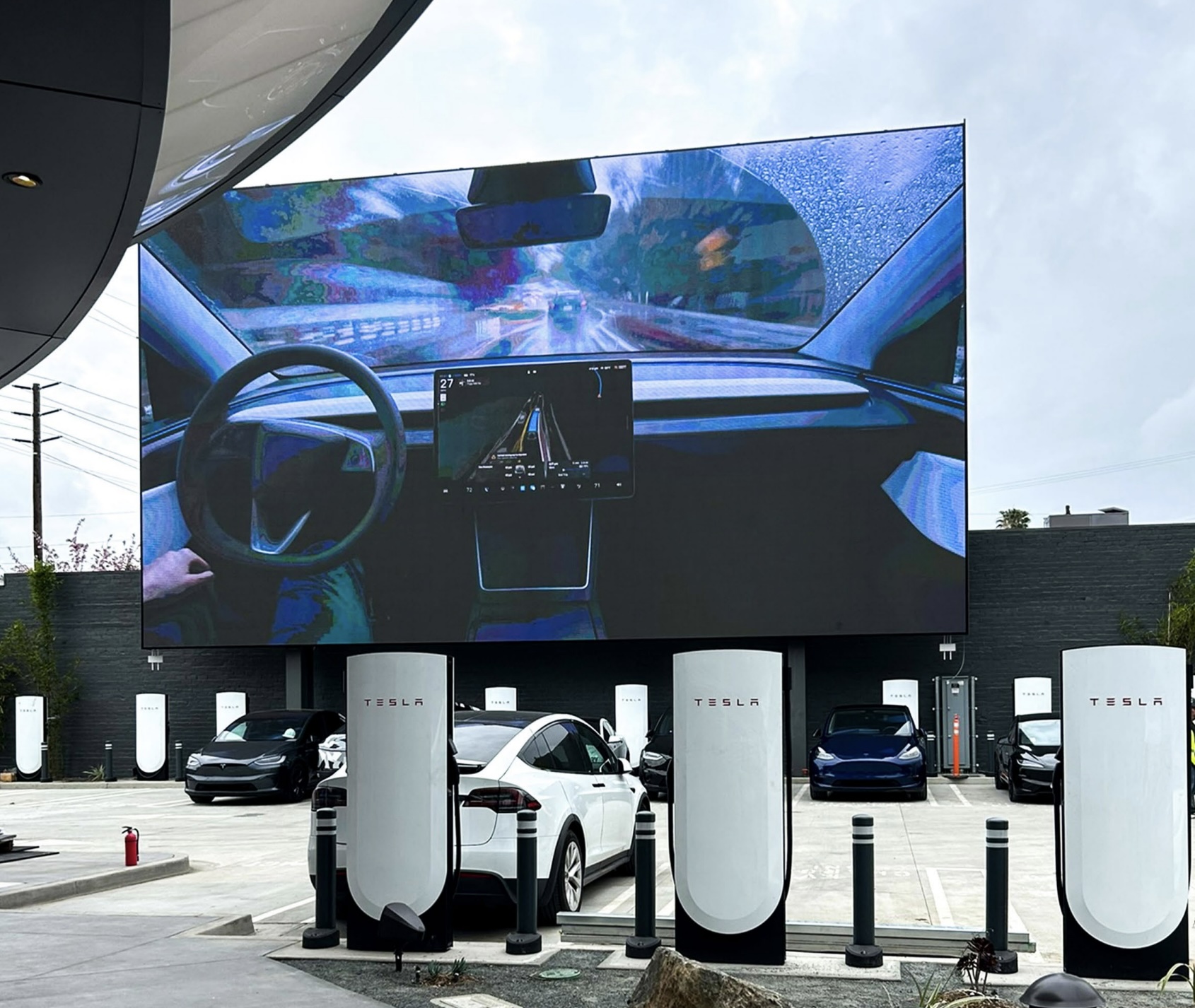
Tesla’s Supercharger Network had its biggest year ever in 2025, delivering a record 6.7 TWh of electricity to vehicles worldwide.
To celebrate its busy year, the official @TeslaCharging account shared an infographic showing the Supercharger Network’s growth from near-zero in 2012 to this year’s impressive milestone.
Record 6.7 TWh delivered in 2025
The bar chart shows steady Supercharger energy delivery increases since 2012. Based on the graphic, the Supercharger Network started small in the mid-2010s and accelerated sharply after 2019, when the Model 3 was going mainstream.
Each year from 2020 onward showed significantly more energy delivery, with 2025’s four quarters combining for the highest total yet at 6.7 TWh.
This energy powered millions of charging sessions across Tesla’s growing fleet of vehicles worldwide. The network now exceeds 75,000 stalls globally, and it supports even non-Tesla vehicles across several key markets. This makes the Supercharger Network loved not just by Tesla owners but EV drivers as a whole.
Resilience after Supercharger team changes
2025’s record energy delivery comes despite earlier 2024 layoffs on the Supercharger team, which sparked concerns about the system’s expansion pace. Max de Zegher, Tesla Director of Charging North America, also highlighted that “Outside China, Superchargers delivered more energy than all other fast chargers combined.”
Longtime Tesla owner and FSD tester Whole Mars Catalog noted the achievement as proof of continued momentum post-layoffs. At the time of the Supercharger team’s layoffs in 2024, numerous critics were claiming that Elon Musk was halting the network’s expansion altogether, and that the team only remained because the adults in the room convinced the juvenile CEO to relent.
Such a scenario, at least based on the graphic posted by the Tesla Charging team on X, seems highly implausible.
News
Tesla targets production increase at Giga Berlin in 2026
Plant manager André Thierig confirmed the facility’s stable outlook to the DPA, noting that Giga Berlin implemented no layoffs or shutdowns amid challenging market conditions.
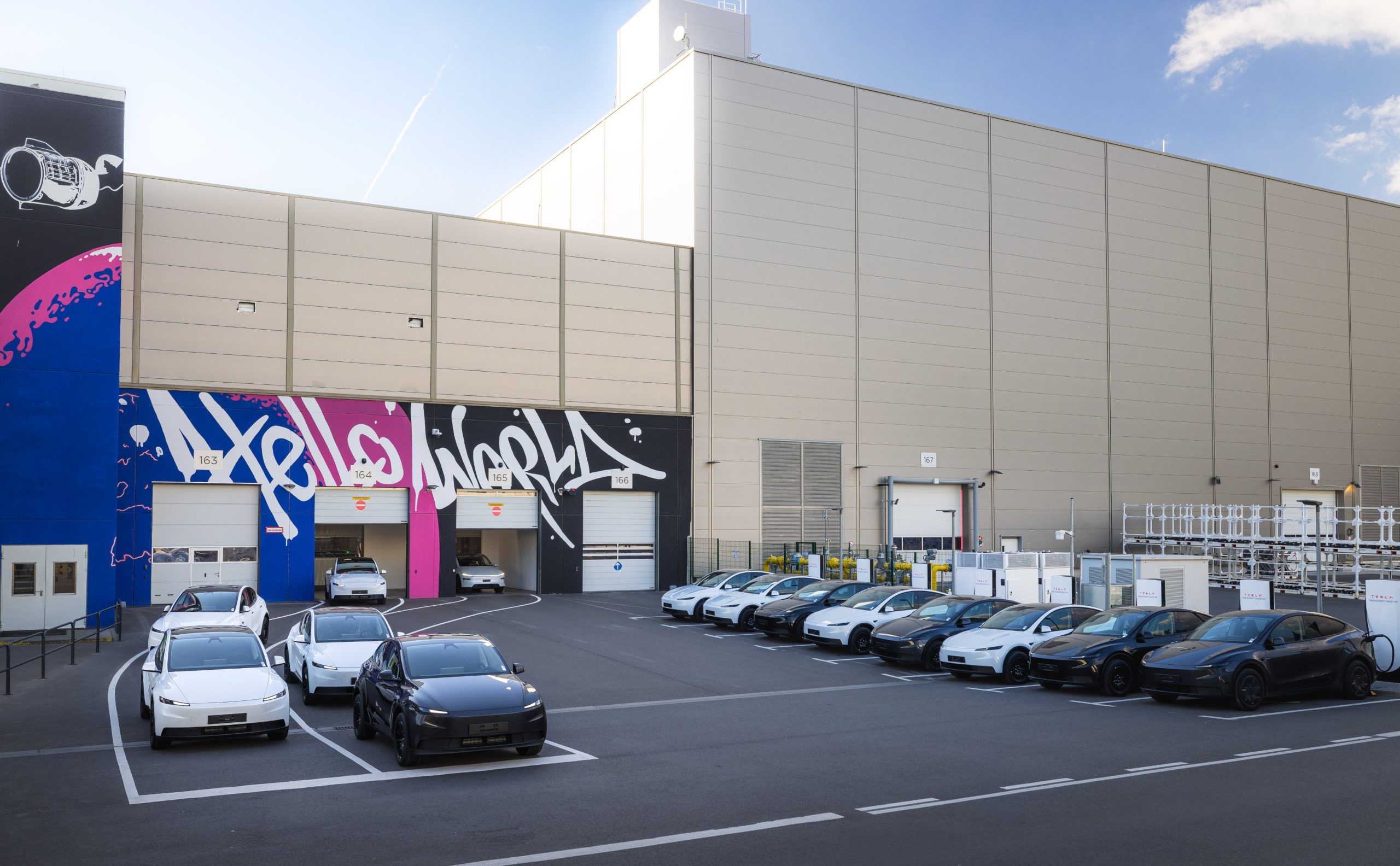
Tesla is looking positively toward 2026 with plans for further growth at its Grünheide factory in Germany, following steady quarterly increases throughout 2025.
Plant manager André Thierig confirmed the facility’s stable outlook to the Deutsche Presse-Agentur (DPA), noting that Giga Berlin implemented no layoffs or shutdowns despite challenging market conditions.
Giga Berlin’s steady progress
Thierig stated that Giga Berlin’s production actually rose in every quarter of 2025 as planned, stating: “This gives us a positive outlook for the new year, and we expect further growth.” The factory currently supplies over 30 markets, with Canada recently being added due to cost advantages.
Giga Berlin’s expansion is still underway, with the first partial approval for capacity growth being secured. Preparations for a second partial approval are underway, though the implementation of more production capacity would still depend on decisions from Tesla’s US leadership.
Over the year, updates to Giga Berlin’s infrastructure were also initiated. These include the relocation of the Fangschleuse train station and the construction of a new road. Tesla is also planning to start battery cell production in Germany starting 2027, targeting up to 8 GWh annually.
Resilience amid market challenges
Despite a 48% drop in German registrations, Tesla maintained Giga Berlin’s stability. Thierig highlighted this, stating that “We were able to secure jobs here and were never affected by production shutdowns or job cuts like other industrial sites in Germany.”
Thierig also spoke positively towards the German government’s plans to support households, especially those with low and middle incomes, in the purchase and leasing of electric vehicles this 2026. “In our opinion, it is important that the announcement is implemented very quickly so that consumers really know exactly what is coming and when,” the Giga Berlin manager noted.
Giga Berlin currently employs around 11,000 workers, and it produces about 5,000 Model Y vehicles per week, as noted in an Ecomento report. The facility produces the Model Y Premium variants, the Model Y Standard, and the Model Y Performance.
News
Tesla revamped Semi spotted, insane 1.2 MW charging video releases
These developments highlight Tesla’s ongoing refinements to the vehicle’s design and infrastructure.
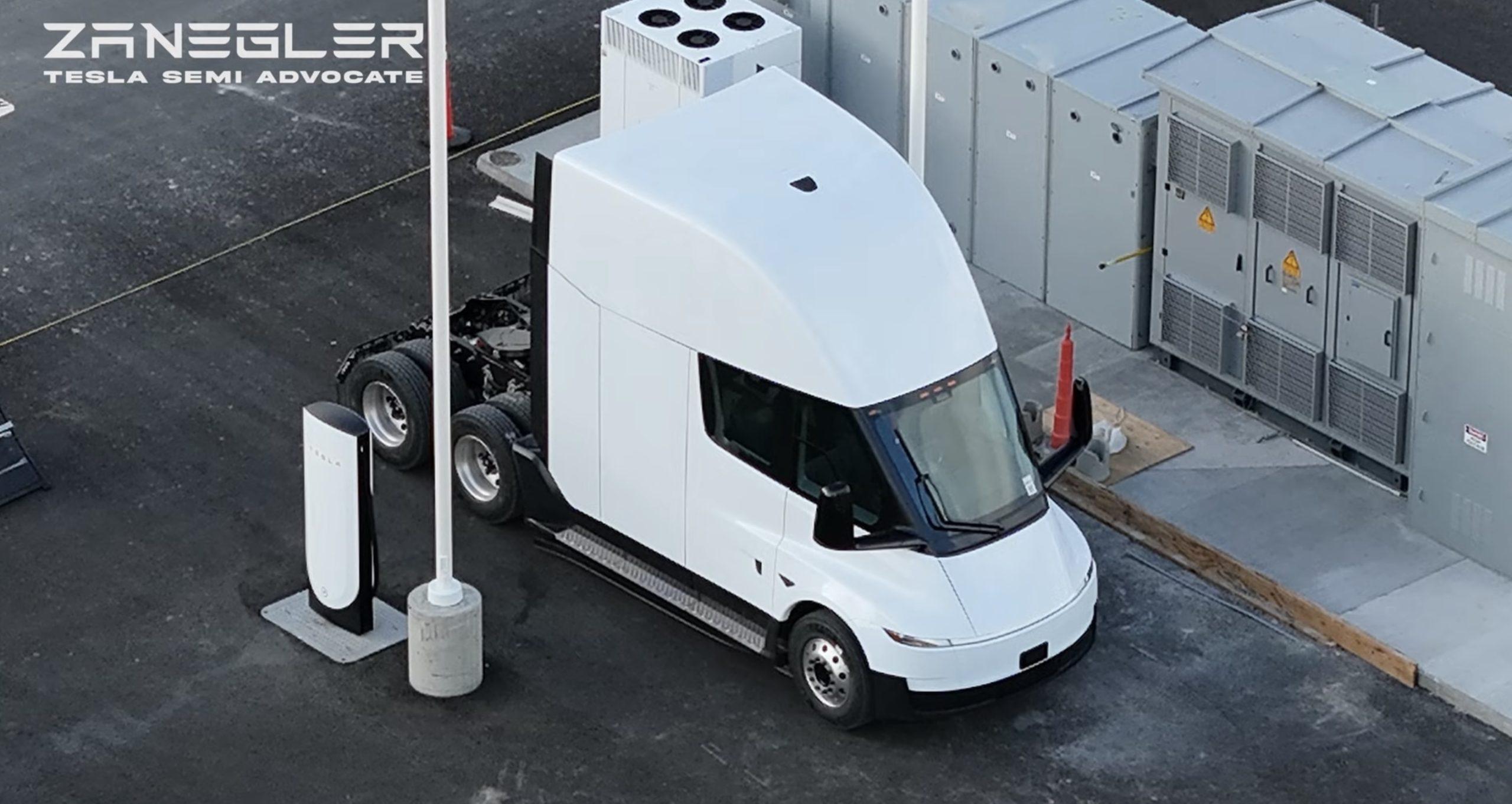
Tesla is gearing up for high-volume Semi production in 2026, with the Class 8 all-electric truck’s revamped variant being spotted in the wild recently. Official footage from Tesla also showed the Semi achieving an impressive 1.2 MW charging rate on a charger.
These developments highlight Tesla’s ongoing refinements to the vehicle’s design and infrastructure.
Revamped Tesla Semi sighting
Tesla Semi advocate @HinrichsZane, who has been chronicling the progress of the vehicle’s Nevada factory, recently captured exclusive drone footage of the refreshed Class 8 truck at a Megacharger stall near Giga Nevada. The white unit features a full-width front light bar similar to the Model Y and the Cybercab, shorter side windows, a cleared fairing area likely for an additional camera, and diamond plate traction strips on the steps.
Overall, the revamped Semi looks ready for production and release. The sighting marks one of the first real-life views of the Class 8 all-electric truck’s updated design, with most improvements, such as potential 4680 cells and enhanced internals, being hidden from view.
1.2 MW charging speed and a new connector
The official Tesla Semi account on X also shared an official video of Tesla engineers hitting 1.2 MW sustained charging on a Megacharger, demonstrating the vehicle’s capability for extremely rapid charging. Tesla Semi program lead Dan Priestley confirmed in a later post on X that the test occurred at a dedicated site, noting that chargers at the Semi factory in Nevada are also 1.2 MW capable.
The short video featured a revamped design for the Semi’s charging port, which seems more sleek and akin to the NACS port found in Tesla’s other vehicles. It also showed the Tesla engineers cheering as the vehicle achieved 1.2 MW during its charging session. Dan Priestley explained the Semi’s updated charging plug in a post on X.
“The connector on the prior Semi was an early version (v2.4) of MCS. Not ‘proprietary’ as anyone could have used it. We couldn’t wait for final design to have >1MW capability, so we ran with what had been developed thus far. New Semi has latest MCS that is set to be standard,” the executive wrote in a post on X.
Check out the Tesla Semi’s sighting at the Nevada factory in the video below.








